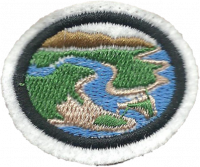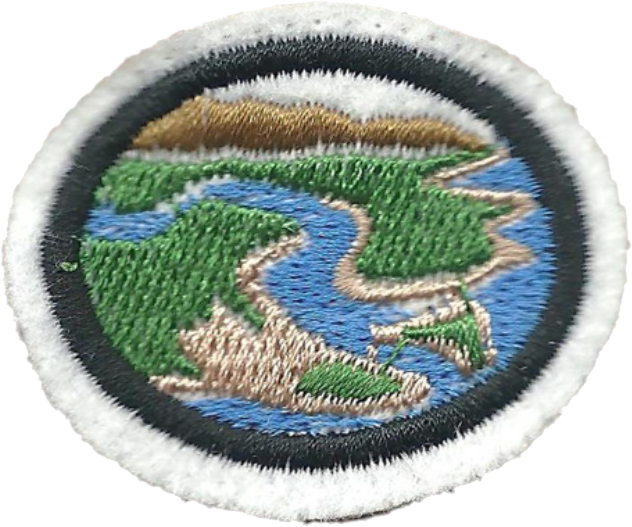AY Honors/Estuaries/Answer Key
From Pathfinder Wiki
1
What is an estuary?
2
Name three kinds of estuaries and give an example of each.
3
How is the length of an estuary measured?
4
What factors cause estuaries to be the most vulnerable biomes in the world?
5
Explain why estuaries are greatly productive and ecologically diverse.
6
Why are estuaries important for a balanced ecosystem?
7
Name at least one way an estuary forms.
8
Know at last three ways estuaries benefit mankind.
9
There are estuaries with both fresh and salt water. What are the fish called that can survive in this environment? Give five examples.
10
Name three birds and a mammal that live in estuaries within your region or country.
11
State at least two factors that make mangrove vegetation suitable for tropical estuaries.
12
Name at least three kinds of mangroves commonly found in tropical estuaries.
13
Name five recreational activities that can be done in regions with estuaries that do not cause damage or contamination.
14
Which estuary is closest to your home?
15
Complete one of the following activities:
15a
Visit an estuary. During your visit, look for signs of environmental conservation or degradation. With a group, under the supervision of a leader, organize a project of estuary preservation and implement it.
15b
Read a book or watch a video about estuaries. Do some research and write a report on fifteen different estuaries found worldwide. It should include: name of the estuary, location, current conservation status and possible reasons for its status, photographs, etc. Cite your sources of research.



